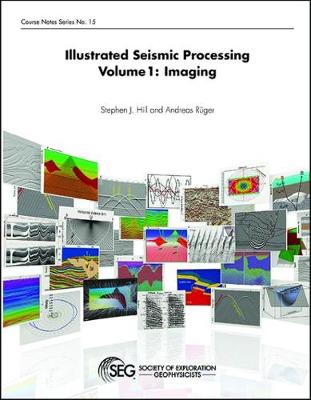Course Notes
1 total work
Illustrated Seismic Processing Volume 1
by Stephen Hill and Andreas Rueger
Published 30 November 2019
This book provides a foundation for understanding the vigorous and fascinating field of seismic processing. Written for the non-expert, this two-volume introductory text reveals the limitations and potential pitfalls of seismic data, prepares both seismic interpreters and acquisition specialists for working with seismic processing geophysicists, explains seismic processing operations...Read more
This book provides a foundation for understanding the vigorous and fascinating field of seismic processing. Written for the non-expert, this two-volume introductory text reveals the limitations and potential pitfalls of seismic data, prepares both seismic interpreters and acquisition specialists for working with seismic processing geophysicists, explains seismic processing operations as a series of solutions to problems, and demonstrates the dependence of a final interpretable seismic volume on its many seismic processing decisions. Although seismic processing is inherently mathematical, this text uses numerous illustrations and real data examples, providing an intuitive understanding of the seismic processing procedures, resorting to an algebra-based argument only on rare occasions. By starting with migration in the first volume and concluding with deconvolution in the second volume, this text presents seismic processing topics in a reversed order compared to a customary processing sequence. The reader will examine input requirements for algorithms and then be equipped to understand the processing flow algorithms themselves.
